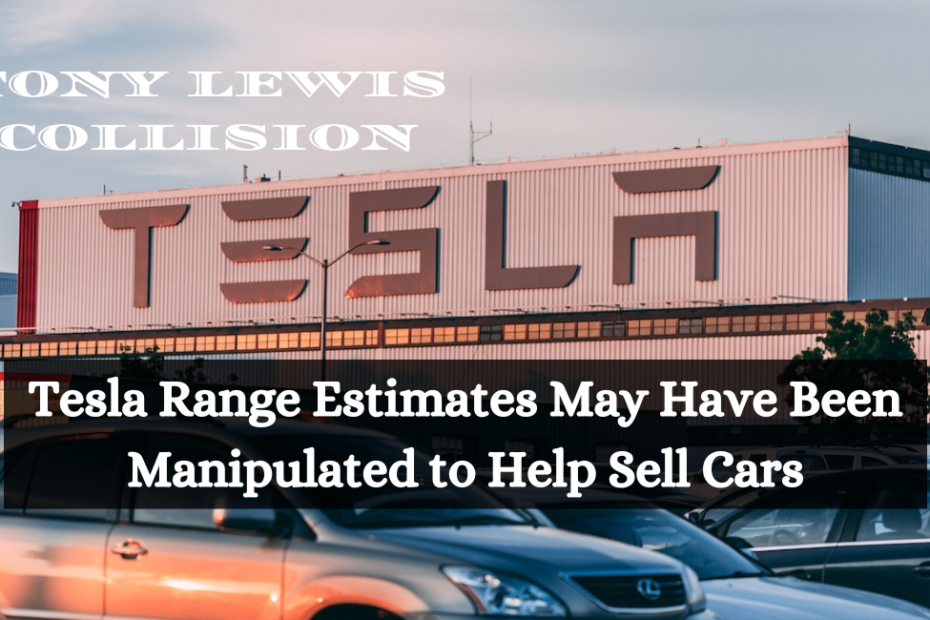Owning a Tesla vehicle is a fantasy come true for many. However, the dream has been a nightmare for some owners, as their in-car range estimates have dropped much faster than anticipated. Reuters reports that the company may have manipulated its range estimates to display a number closer to Tesla’s optimistic estimates than what the vehicle could achieve.
Range Inaccuracy Isn’t Unique To Tesla
Creating an accurate estimate of a vehicle’s real-world range is one of the challenges manufacturers face with electric cars, as numerous factors, including ambient temperature, can significantly impact capacity. The accuracy content can vary considerably; some manufacturers employ peculiar methods for estimating range.
Consider our long-term F-150 Lightning, which Ford acknowledges demonstrates the “EPA best-case range when charging via Level 2 chargers as we have at home and the office.” This vehicle’s moniker is “RangeLiar.”
Ford has indicated that it will alter this behavior, but range estimates are affected by various factors, including driving style, environment, terrain, and others. In general, driving range can be challenging to predict, as even ICE vehicles occasionally provide inaccurate estimates.
In a study released by SAE International, electric vehicles fell short of their advertised range by 12.5% while driving on the highway. Gregory Pannone, the study’s author, told Reuters that Tesla vehicles fell short by an average of 26%. Pannone also identified discrepancies between the anticipated range and consumption of BEVs by the EPA and their actual capacity and consumption.
What Tesla Is Accuse Of Is Different
Reuters discovered that Tesla’s estimated range needs to be more accurate than the average electric vehicle. According to an unnamed Tesla engineer who spoke with Reuters, the company’s software engineers intentionally created code to display the advertised range of these EVs when fully charged. At fifty percent, the vehicle’s mileage estimate would become more accurate.
To avoid drivers from getting stranded due to a depleted battery cell, the range would decrease fast until it reached a 15-mile safety buffer. As a result of this scheme, the rate at which the capacity would decrease gave owners the impression that the battery pack was severely defective.
According to Reuters, when owners requested to have their vehicles serviced due to unusually falling range estimates, they received text messages stating that their battery was reasonable based on a remote diagnostic, and the Tesla service center would attempt to cancel the service request. Still, some owners would show up only to be informed in person that their Tesla battery pack was fine despite no one touching the vehicle.
According to the report, the problem was not with the battery cells. Reuters was told by a source familiar with the matter that Tesla instructed service center employees to cancel range-related service appointments and never explained that the range decline was intended behavior.
The Tesla Diversion Team
Last summer, Tesla even established a “Diversion Team”—first in Las Vegas and then in Henderson, Nev.—for cancellations related to range issues, as service centers were flooded with appointments for the “battery issue.” According to the same Reuters report, the Diversion Team at Tesla handled approximately 2,000 cases per week.
Staff members of the Diversion Team were allegedly instructed to swiftly close these range-related cases by calling the owners and canceling the appointment if they did not respond. If the proprietor answered, the call duration could not exceed five minutes. The employees’ performance was measured by the average number of diverted appointments daily, and the team was expected to conclude 750 cases per week.
The Diversion Team supervisors informed employees that they saved the company approximately $1,000 per appointment cancellation. According to Reuters, this staff appears to have been disbanded recently, and a range of cases have been transferred to a virtual service advisor center in Utah.
What Happens Now?
While the manipulation of range estimation, if true, is undoubtedly troubling, the desire to own a Tesla vehicle remains vital for many. And for a good reason, Tesla vehicles, in terms of their performance, interior simplicity, and the availability and consistency of its charging network, continue to be challenging compared to what other manufacturers currently offer.
Tesla owners who were perplexed by their vehicles’ decreasing range estimates, a behavior so atypical that many appeared to believe their batteries were defective, now have a better understanding of when their estimates may be accurate.
